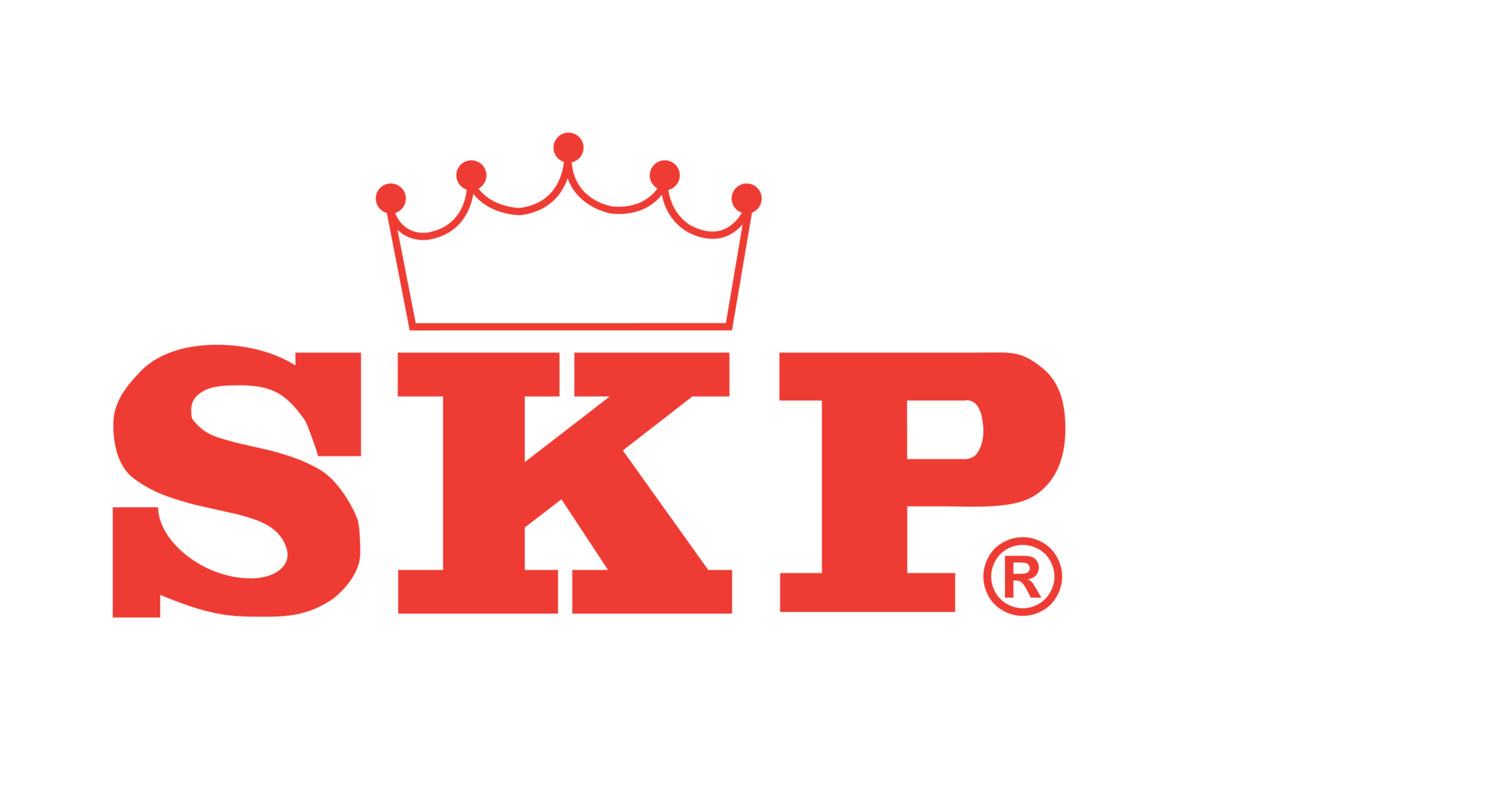The Impact Of Packaging On Extending Product Shelf Life
Packaging plays a crucial role in preserving the quality, safety, and longevity of food products. In an era where consumers are increasingly health-conscious and supply chains are more complex than ever, effective packaging solutions are paramount. Food packaging not only protects products from external contaminants but also significantly extends their shelf life, reducing food waste and ensuring that consumers receive fresh and safe food.
The role of packaging in food preservation
Food packaging serves as the first line of defence against environmental factors that can lead to spoilage. The primary functions of packaging include:
1. Barrier protection: Packaging materials act as barriers against oxygen, moisture, light, and microbes, all of which can accelerate food degradation. For instance, vacuum-sealed bags remove air, preventing oxidation and the growth of aerobic bacteria and mould.
2. Controlled atmosphere: Modified atmosphere packaging (MAP) adjusts the proportion of gases inside the packaging to slow down spoilage processes. For example, reducing oxygen and increasing carbon dioxide levels can extend the shelf life of fresh produce and meat.
3. Temperature regulation: Insulated packaging helps maintain the temperature of perishable items during transportation and storage, reducing the risk of spoilage due to temperature fluctuations.
4. Physical protection: Packaging prevents physical damage during handling, transportation, and storage. Robust packaging materials and designs ensure that products remain intact from the point of production to the consumer’s table.
Types of packaging materials
Different packaging materials offer unique benefits in extending the shelf life of food products. Some commonly used materials include:
1. Plastic: Plastic packaging is a prevalent choice in the food industry due to its versatility and superior barrier properties. Types such as polyethylene (PE), polyethylene terephthalate (PET), and especially polypropylene (PP) are particularly effective in providing barriers against moisture and oxygen, which are critical for preserving the freshness and extending the shelf life of food products. Polypropylene (PP), in particular, is favoured for its high melting point, making it suitable for hot-filled and microwavable products. Despite growing environmental concerns, plastic's ability to be molded into various shapes and its durability make it a staple in packaging, used for items ranging from snack bags to beverage bottles.
2. Paper and cardboard: Paper food packaging is often used for dry goods and has seen increasing use due to its eco-friendly nature. To enhance its functionality, paper packaging can be treated or laminated to improve moisture resistance, making it suitable for a wider range of food products. Paper packaging is appreciated for being recyclable and biodegradable, which aligns with the current push towards sustainability in packaging solutions. Its applications vary from cereal boxes to sandwich wraps.
3. Biodegradable packaging: This category includes materials designed to break down more easily in the environment, reducing long-term pollution. Biodegradable packaging is often made from natural fibers, biopolymers, or plastics with bio-additives, which can include plant-based plastics and compostable materials. Bio-additives enhance the degradation process by attracting microbes that break down the plastic more efficiently. This type of packaging is gaining traction as consumers and companies alike seek to minimise their environmental footprint. Biodegradable packaging, including our EcoVue range, is suitable for a variety of food products and can be used in forms such as films, trays, and containers, offering a sustainable alternative to traditional plastic packaging.
Each of these materials plays a crucial role in the packaging industry, offering unique benefits tailored to different needs and contributing to the overall goal of extending the shelf life of food products while addressing environmental impacts.
Innovations in food packaging
The food packaging industry is continuously evolving, with innovations aimed at enhancing shelf life and sustainability. Some notable advancements include:
1. Active packaging: This technology involves incorporating substances that can absorb or release compounds to extend shelf life. Examples include oxygen scavengers, ethylene absorbers, and antimicrobial agents.
2. Smart packaging: Integrating sensors and indicators into packaging can help monitor the condition of the food. These technologies can detect temperature changes, microbial growth, and gas composition, providing real-time information on product freshness.
3. Biodegradable and compostable materials: Biodegradable and compostable materials are becoming increasingly important as sustainable food packaging becomes a priority. These innovative materials not only protect food but also significantly reduce environmental impact. SKP's EcoVue range exemplifies this trend with our eco-friendly, biodegradable food packaging options, made from polypropylene blended with a unique biodegradable additive. This ensures the packaging breaks down faster than traditional plastics, aligning with sustainable practices.
Non-food packaging: an extension of SKP’s expertise
While the focus here has been on food packaging, it’s important to note that packaging technology also extends to non-food products. Companies like SKP, a leading supplier of disposable food packaging in Singapore, are innovating in the non-food packaging sector as well. We offer a range of products designed to ensure the safety and longevity of non-food items, including plastic bags, garbage bags, BOPP bags, ziplock bags, paper bags, and bubble wrap, leveraging our expertise in material science and packaging design.
Conclusion
The impact of packaging on extending product shelf life cannot be overstated. Effective packaging solutions not only protect food from spoilage and contamination but also contribute to reducing food waste, enhancing food safety, and providing convenience to consumers. Innovations in packaging materials and technologies continue to drive the industry forward, ensuring that food products remain fresh and safe for longer periods.
When it comes to food packaging, companies like SKP are at the forefront, providing innovative and sustainable solutions. SKP’s offerings, including paper food packaging and wooden cutlery in Singapore, highlight our commitment to both quality and environmental responsibility. By continuously improving our packaging solutions, SKP helps ensure that food products reach consumers in the best possible condition, contributing to a safer and more sustainable future for all.

